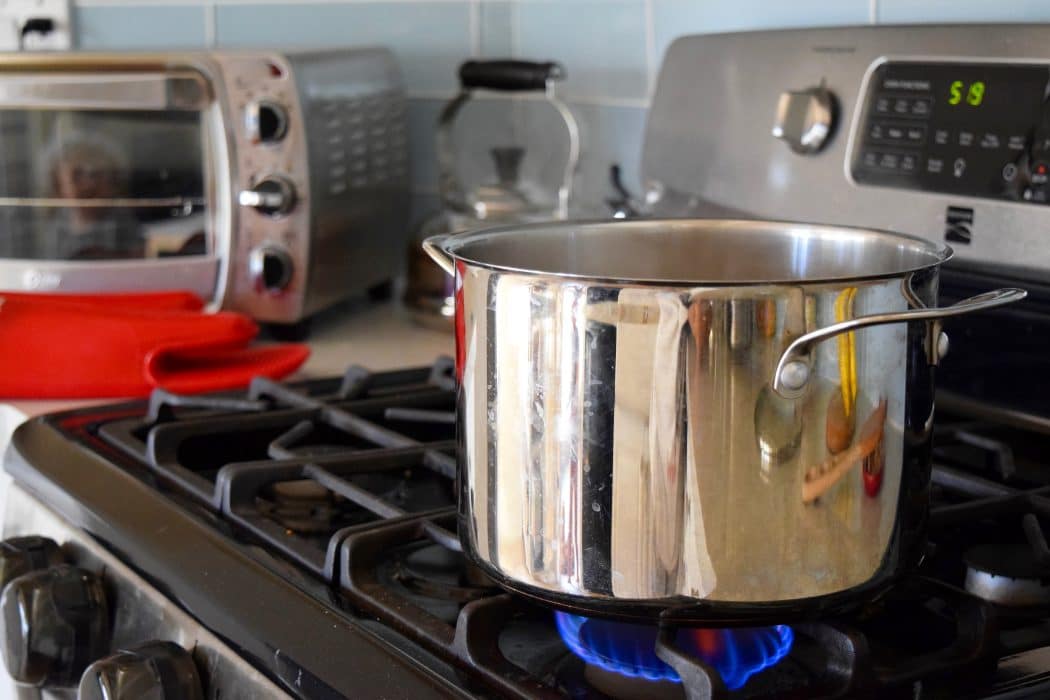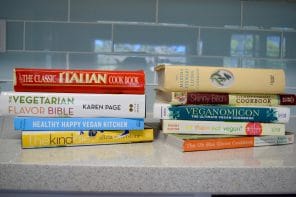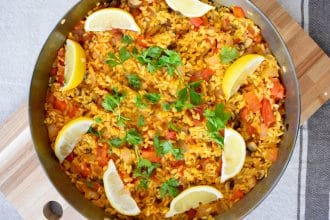I was raised helping my mother and grandmother out in the kitchen. They taught me how to make cookies, stuffed mushrooms, cakes, lasagna, sauces, pasta, and much more. But when I moved out of the house and entire meals were left up to me, I realized there was a lot I still didn’t know. So, with the help of many five o’clock phone calls to my mom and countless google searches, I started feeling more and more comfortable with more experienced techniques and harder recipes.
Cooking, like with any other skill, requires practice and knowledge. I thought that I would create a series of posts to break down cooking to make things a little smoother in the kitchen.
- Terms
- Kitchen Tools
- Grains and Starches
- Legumes
- Fruits and Vegetables
- Desserts and Pastries
- Tips and Tricks
Most of us come across an unfamiliar term in a cookbook. Or find out we have been doing a particular cooking method completely wrong. And it’s not just limited to cooking methods like braising or parboiling, but food preparation and cutting methods as well. What’s the difference between mixing and folding? Dicing and chopping? No matter how many times I see these terms, I still often mix some of them up.
And so here you have it, the ultimate guide to cooking terms:
Cooking methods:
- Bake: To cook food in an oven.
- Blanch: Food is cooked quickly in a boiling liquid.
- Braise: Food is cooked first by browning over high heat in a pan, then gently simmered in a small amount of liquid in a covered pan over low heat.
- Broil: Food is cooked, in an oven, directly above or below direct, high heat.
- Brown: When food is cooked over high heat.
- Caramelize: The sugars in a food, when cooked over heat, liquifies and turns brown.
- Deglaze: Adding liquid to a used pan to remove all of the stuck on food while heating and stirring, usually to make a sauce.
- Flambe: While cooking over a stove, food is covered with a liquor and ignited in flame.
- Fry: Food is cooked while immersed in oil or fat.
- Grill: On a barbecue, or under a broiler, food is cooked on a rack/grill.
- Parboil: Food is partially cooked by boiling
- Poach: Food is cooked in gently simmering liquid over low heat.
- Reduce: Liquid is cooked to thicken and concentrate the flavor.
- Roast: Food is cooked in dry heat, typically an oven.
- Saute: A small amount of fat/oil is heated over high heat and food is cooked quickly.
- Simmer: Food is cooked in a liquid that is kept just below boiling.
- Steam: Food is cooked above a simmering liquid, usually covered in a rack or basket.
- Stew: Food is cooked in a covered liquid, with everything served together.
Preparation methods:
- Beat: A mixture or batter is quickly whisked/stirred to make smooth.
- Blend: Ingredients are completely combined, with a blender or by mixing.
- Bouquet garni: Herbs that are tied together, used to flavor stews and soups, and then removed before serving.
- Bread: Food is coated with bread crumbs prior to cooking.
- Core: To remove the center section of a food before cooking, usually seeds or a tough center.
- Cream: Sugar and fat are beaten until fluffy and smooth.
- Dredge: Covering food in a batter, flour mixture, or bread crumbs before cooking.
- Dress: Adding a dressing/sauce to a food.
- Flute: Pressing a decorative pattern onto a pastry.
- Fold: Gently mixing an ingredients, by moving a spatula down across the bottom of a bowl and pulling it up.
- Glaze: Food is coated in a shiny sauce.
- Grease: Rubbing oil or fat onto a surface to prevent food from sticking.
- Knead: To mix dough with hands or a mixer.
- Macerate: Food is soaked in a flavored liquid in order to soften.
- Marinate: Food is soaked in a flavored liquid prior to cooking to add flavor.
- Whip: To mix food in order to incorporate air and create volume.
- Whisk: To mix food with a whisk or fork.
On the cutting board:
- Cube: Food is cut into cubes, typically about 1/2 inch.
- Dice: Food is cut into cubes, typically about 1/8 to 1/4 inch.
- Grate: Food is shredded into fine bits using a serrated surface.
- Grind: Ingredients are ground up into fine particles or powder.
- Julienne: Food is cut into long, thin strips similar to matchsticks.
- Mince: Food is cut into tiny pieces.
- Puree: Cooked food that is mashed or blended into a thick liquid or creamy paste.
- Shred: Food is cut or torn into strips, by hand, knife, or grater.
- Zest: Using a grater, peeler, knife or zester, the outside peel of a citrus food is scraped.
Happy cooking!





